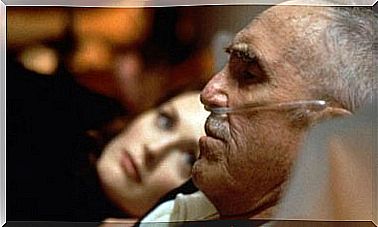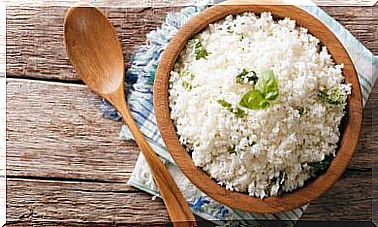Interesting Facts About Intestinal Polyps
Polyps initially usually show no symptoms and are not painful, so they are usually noticed when other complaints are examined.
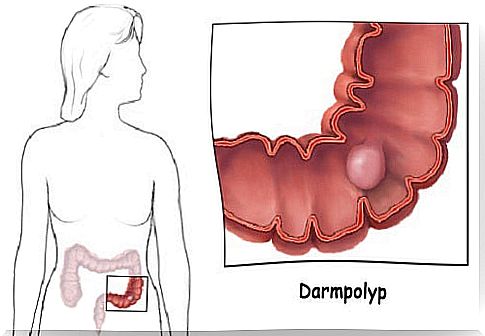
Colon polyps are usually benign, but they still have to be given the necessary attention, otherwise they could degenerate into cancer in the long term. Therefore, they are usually removed with a colonoscopy.
But what are the symptoms of intestinal polyps ? You can find out more about this topic below.
1. What are intestinal polyps?
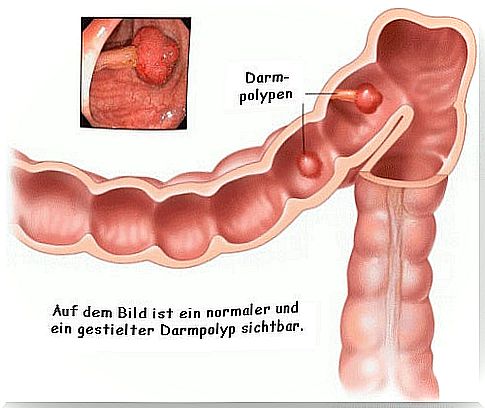
Colon polyps are in most cases nothing bad, but they still need to be removed as a preventive measure. D abei is it is Schleimhautvorwölbungen to the intestinal walls.
These can be round or rather flat. In the intestine, all superfluous residues are processed into stool and then excreted.
This is why it is an area that is sensitive to bacteria and inflammation, and intestinal polyps are also not uncommon. So you don’t have to think about the worst right away.
As mentioned earlier, most polyps are benign. However, they have to be removed through a colonoscopy to avoid worse.
If the colon polyps are rather flat, the risk of developing cancer is greater. However, you shouldn’t panic here either, because there are good treatments and most of the time these polyps are also benign.
2. Who is more at risk of having colon polyps?
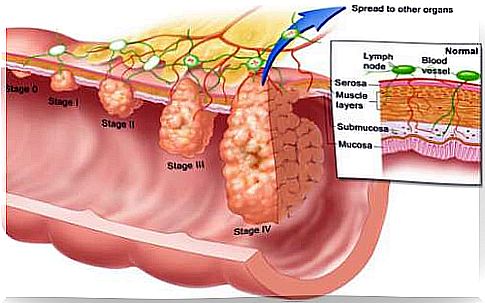
Some people are at greater risk of having colon polyps. The factors that we then mention are purely indicative and by no means decisive, that should not be forgotten.
Colon polyps can also occur if none of these risk factors apply. It’s best to talk to your doctor about this.
- an age of over 50 years
- Obesity
- Smoke
- genetic predisposition
- Alcohol consumption
- lead a sedentary life and a high-fat diet
What are the symptoms?

Most intestinal polyps do not cause any symptoms, especially in the early stages, they are usually not felt. They do not cause pain, are initially small and do not affect the functioning of the intestine.
However, as they grow, they can come into contact with the stool, which can lead to bleeding. These are the first indications of complaints. You should therefore consider the following symptoms:
- very dark stool
- Blood in the rectum (noticeable when cleaning after emptying it)
- Burning or painful emptying
- Burning inside after spicy or spicy foods.
We would like to point out once again that intestinal polyps are discovered by chance in many investigations of other complaints.
If the doctor wants to examine the number and frequency, a colonoscopy must be done. This examination, while uncomfortable, is very efficient.
Typically, the polyps that are discovered are removed so they don’t develop into cancer over time. The results are very good and do not affect the lives of those affected.
Can preventive measures be taken against intestinal polyps?

Colon polyps cannot be 100% prevented. There is no method or dietary supplement that can prevent it from occurring.
However, healthy lifestyle habits and a diet that is gentle on the gut and digestive can make a small contribution. Consider the following advice:
- Watch your weight, especially if you are obese.
- Breaking bad habits such as smoking.
- Eat a green apple every day.
- Oat flakes provide the organism with the dietary fiber necessary for a healthy intestine every day.
- Before breakfast on an empty stomach, we recommend a glass of water with lemon juice or a spoonful of olive oil with a few drops of lemon juice.
- Tea with aloe vera and lemon is also highly recommended.
- Make sure you have enough vegetables in your diet: beetroot, broccoli, artichokes, etc.
- Probiotics, which maintain the intestinal flora, are also advisable.
- A spoonful of mint oil three times a week before lunch nourishes and cleanses the intestines from the inside.





